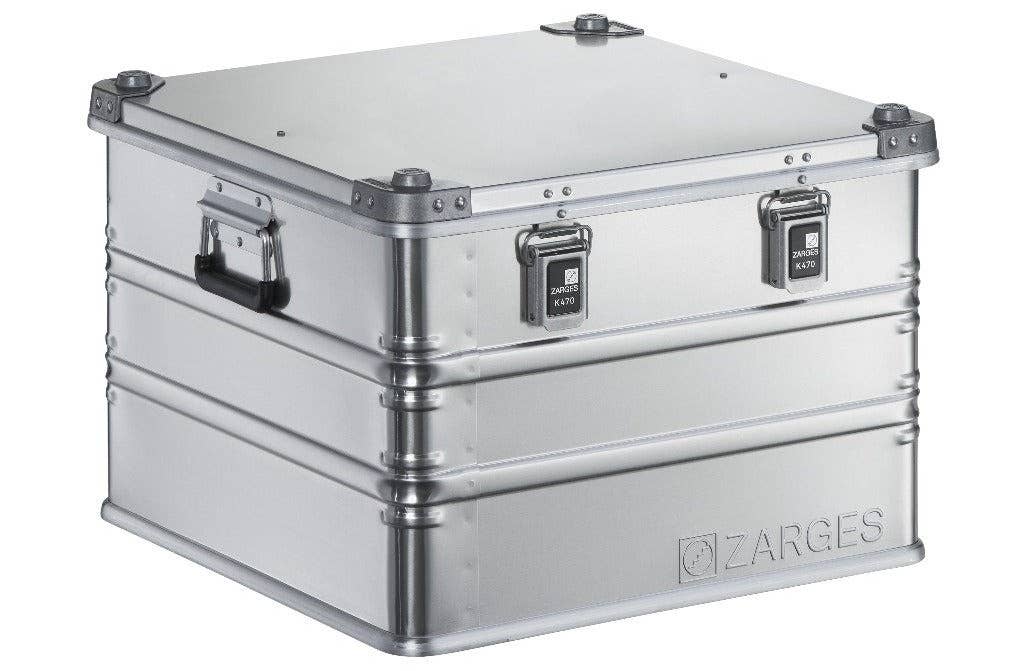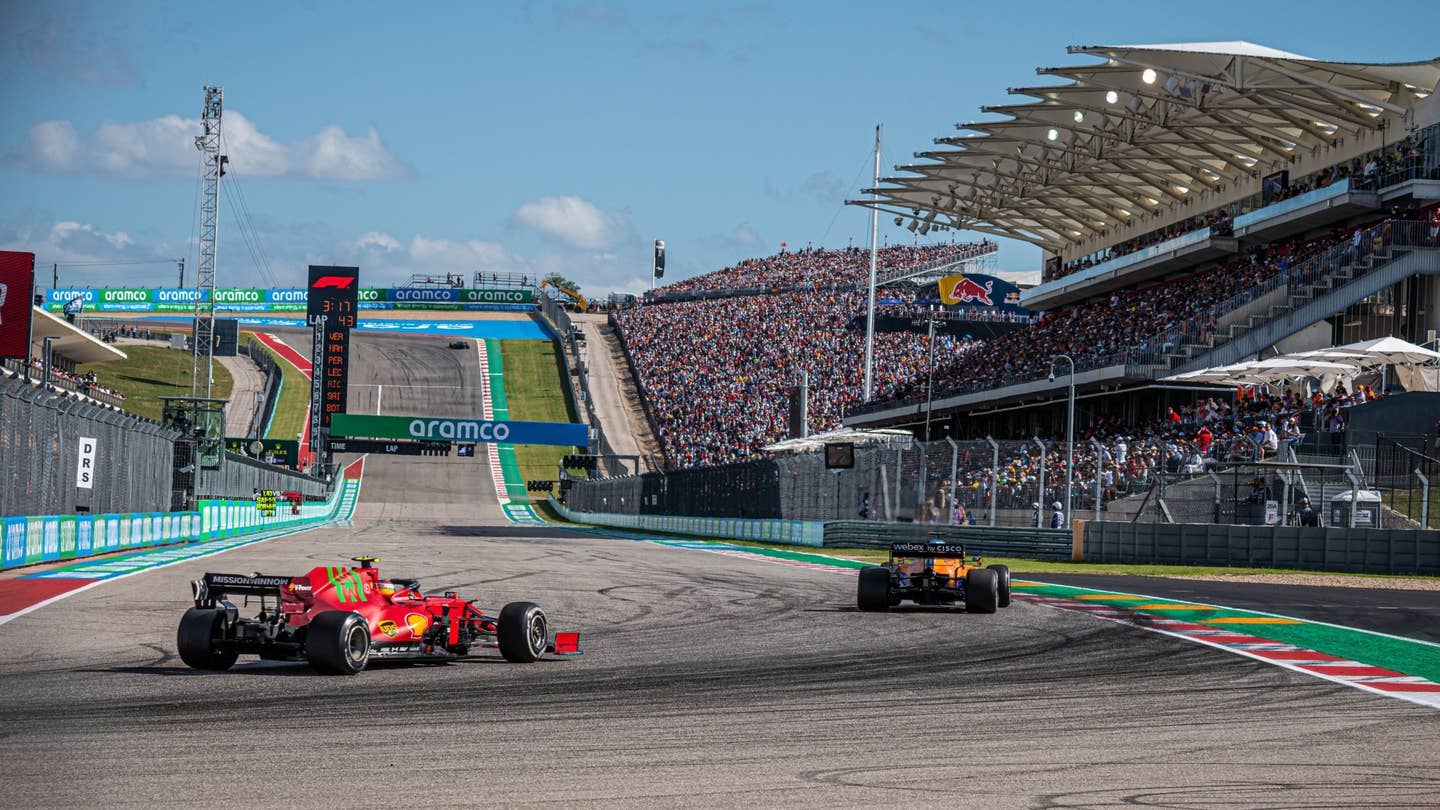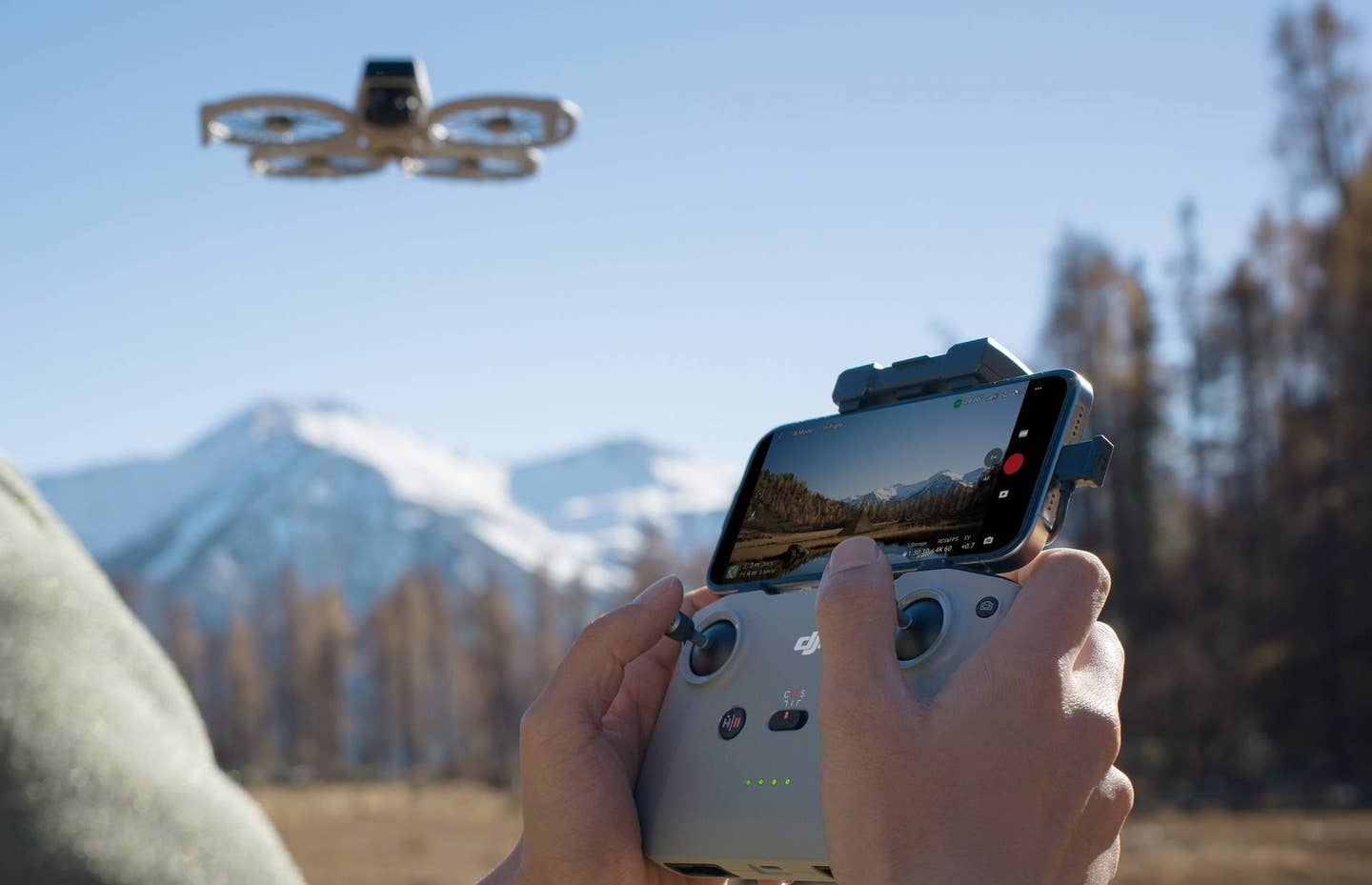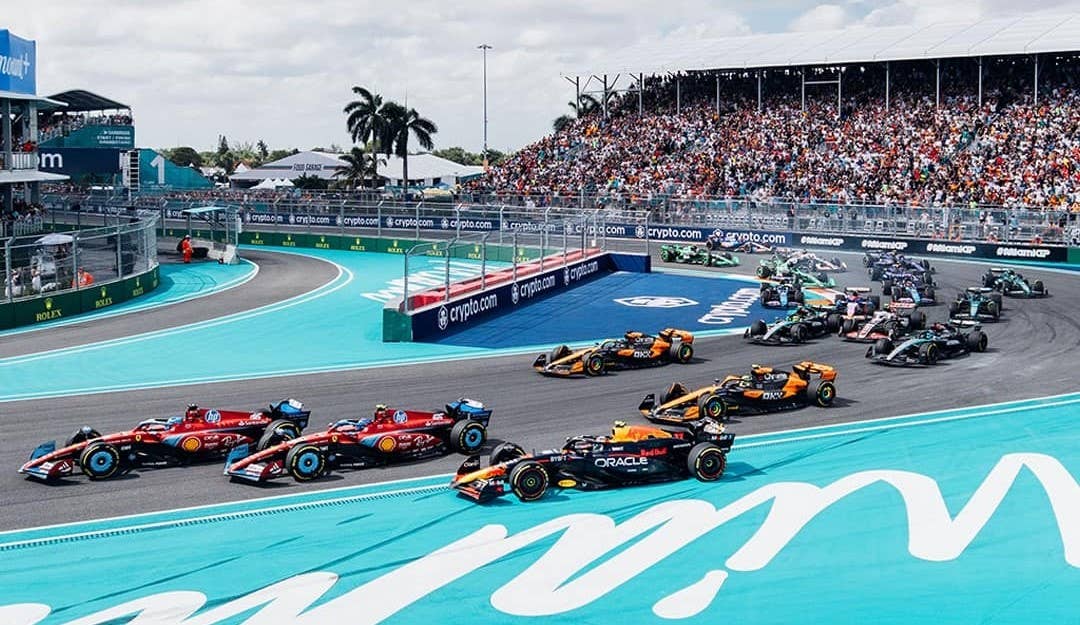Best Drone Software Tools for Pilots: Maximizing Your UAV’s Potential
Explore the best drone software tools for mapping, mission planning, and training.
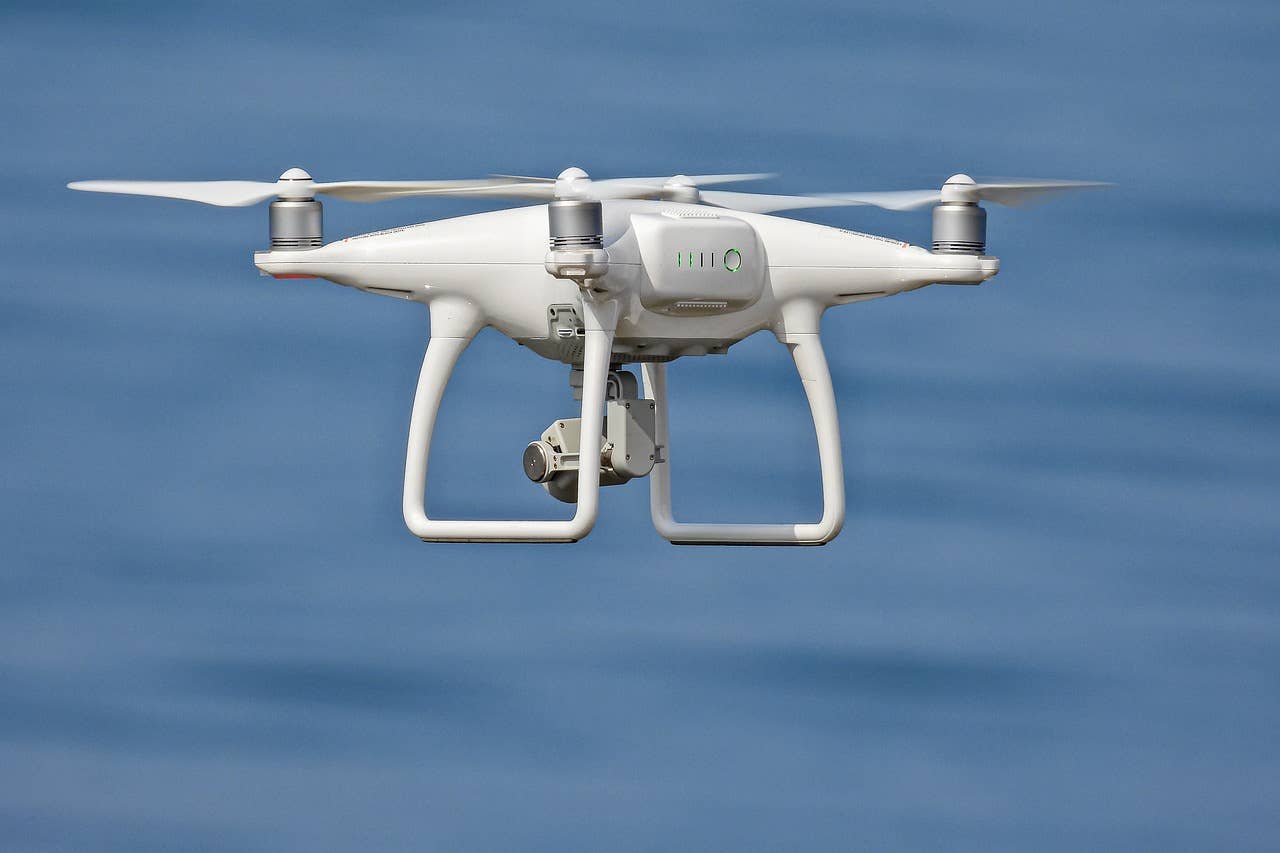
Drone software tools help pilots plan missions, process data, create 3D models, and more. [Pixabay photo]
The drone industry has seen exponential growth over the past decade, expanding from niche hobbyist pursuits to essential tools for a wide range of industries.
Agriculture, construction, industrial inspections, first responder operations, real estate, archeology, and wildlife conservation are just a few sectors that have greatly benefited from drone technology. Industry trends show positive growth will continue for many years to come.
Commercial drone pilots are in high demand.
To become a drone pilot in the United States, you must have a Part 107 license. Getting the license is easy with the help of online courses such as Altitude University and the Pilot Institute. You will also need a drone capable of producing the type of products you are looking to provide your clients.
While it might seem like the drone is all you need, the software your drone uses is just as important. Drones are excellent platforms for aerial data capture, but optimizing flights and processing the data to produce usable end products requires the right software for the job.
As the industry continues to evolve, drone software has become just as important as the drones themselves. These software tools help pilots plan missions, process data, create 3D models, and even train for real-world scenarios.
The importance of these tools cannot be overstated, as they are the backbone that supports the growing capabilities of drones in various sectors. We will start by examining the industry giants—Pix4D and DroneDeploy—before delving into other notable software and emerging trends in drone technology.
Industry-Leading Mapping Software: Pix4D and DroneDeploy
For many sectors, drones realize their full potential in mapping applications. Construction, real estate, inspections, and survey applications all benefit from Unmanned Aerial Vehicles (UAVs).
Mapping software helps drone pilots create 2D/3D maps, point clouds, and highly detailed images that can be used to calculate distance and volumes.
When it comes to drone mapping software, there are several options, but these two stand out as the industry leaders:
Pix4D
Pix4D is one of the most respected names in the drone software industry, particularly known for its advanced photogrammetry and 3D mapping capabilities.
Pix4D allows users to capture images with their drones and then convert them into detailed 2D maps and 3D models. This software is widely used across various industries, including construction, agriculture, environmental monitoring, and by government agencies.
Pix4D's ability to create highly accurate maps and models makes it an essential tool for professionals who require precise data for analysis and decision making.
One notable example of Pix4D's application is in the construction industry, where it has been used to create detailed 3D models of construction sites. These models allow project managers to monitor progress, identify potential issues, and ensure that construction is proceeding according to plan.
In agriculture, Pix4D has been used to analyze crop health, optimize irrigation, and manage land use more efficiently. The software's versatility and accuracy have made it a go-to solution for professionals across various fields.
Pix4D offers a range of pricing tiers to cater to different users, from hobbyists to large enterprises. Their pricing structure includes options for monthly or yearly subscriptions, with different plans depending on the features required.
While Pix4D is a premium software, its pricing reflects the robust capabilities and professional-grade results it delivers, making it accessible to those who need high-quality mapping and modeling solutions. There are also discounts available for some groups like educators.
DroneDeploy
DroneDeploy is another leading software platform in the drone industry, known for its cloud-based architecture and seamless integration with other software tools.
DroneDeploy is particularly strong in agriculture, construction, and mining, where it is used for everything from crop monitoring to volumetric measurements. One of the standout features of DroneDeploy is its ease of use, allowing users to plan missions, capture data, and generate insights with minimal effort.
DroneDeploy has been successfully deployed in various real-world scenarios.
For example, in agriculture, it has been used to monitor crop health, optimize planting schedules, and reduce the use of water and pesticides. In construction, companies have used DroneDeploy to create detailed site maps, monitor progress, and improve safety by identifying potential hazards before they become problems.
The platform's versatility and user-friendly interface have made it a favorite among professionals who need reliable and powerful drone software.
DroneDeploy offers a variety of pricing plans, including options for individual users, small businesses, and large enterprises. The platform is designed to be accessible to users at all levels, with an intuitive interface that reduces the learning curve.
DroneDeploy's pricing is competitive, offering a range of features at different price points to meet the needs of a diverse user base.
Exploring Other Essential Drone Software: ArcGIS’ Drone2Maps, Litchi, and DJI Terra
While Pix4D and DroneDeploy dominate the space, they are not the only show in town.
These additional options can help those in specialized fields, like Geographic Information Systems (GIS), or support new drone pilots looking for a more economical mapping software option. Three worth exploring are:
ESRI Drone2Map
ArcGIS's Drone2Maps is a powerful tool that integrates seamlessly with the ArcGIS ecosystem, making it an excellent choice for users who require advanced mapping and geospatial analysis.
Drone2Maps is designed to convert drone-captured imagery into high-quality 2D and 3D maps, which can then be analyzed using ArcGIS' suite of tools.
Drone2Maps offers advanced geospatial analysis, data visualization, and mapping capabilities, making it ideal for users who need to work with complex geospatial data. The software allows for the creation of detailed orthomosaics, elevation models, and 3D meshes, providing users with the tools they need to conduct in-depth analysis and make informed decisions.
Industries such as urban planning and environmental monitoring have found great value in using Drone2Maps.
For example, urban planners can use the software to create detailed maps of city landscapes, helping them to plan new developments and manage existing infrastructure more effectively. Environmental monitoring agencies can use Drone2Maps to track changes in land use, monitor the health of ecosystems, and respond to environmental threats.
DJI Terra
DJI Terra is a mapping and modeling software specifically designed for DJI drones at the enterprise level. It is widely used in industries that require precise mapping and data analysis, such as construction, agriculture, and land surveying.
DJI Terra offers both 2D and 3D mapping capabilities, along with advanced data analysis tools. The software allows users to create detailed maps and models from drone-captured imagery, providing valuable insights for various applications.
DJI Terra is particularly well suited for users who are already invested in DJI's ecosystem, as it offers seamless integration with DJI drones.
In construction, DJI Terra has been used to create detailed 3D models of construction sites, helping project managers to monitor progress and identify potential issues. In agriculture, the software has been used to analyze crop health and optimize land use.
Land surveyors have also found DJI Terra to be an invaluable tool for creating accurate maps and models of large areas.
Litchi
Litchi is a popular choice among both hobbyists and professionals for mission planning.
Known for its user-friendly interface and powerful features, Litchi allows users to plan waypoint missions, capture panoramic photos, and even use virtual reality mode for immersive flying experiences. It is also way cheaper than all the other software options mentioned.
Litchi's key features include advanced waypoint missions, which allow users to program their drones to fly specific routes autonomously. The software also offers panoramic photo capture and a VR mode, providing users with a range of creative options for their drone flights.
Litchi's versatility makes it suitable for various applications, from real estate photography to autonomous missions in more complex environments and mapping.
Litchi has been widely used in real estate photography, where it allows pilots to capture stunning aerial images of properties. It has also been used in autonomous missions, where precise control and pre-programmed flight paths are essential.
The software's flexibility and ease of use have made it a favorite among users who need reliable, professional-grade tools without a steep learning curve.
Training Simulator for Developing Skilled Drone Pilots
As the demand for skilled drone pilots continues to rise, the importance of effective training tools becomes increasingly evident.
One of the most essential tools in a pilot's training arsenal is the flight simulator, which provides a risk-free environment for honing skills and gaining experience.
Among the top training tools available, the Zephyr Drone Simulator stands out for its realistic flight experience and comprehensive training modules.
Zephyr offers a range of features that allow pilots to practice maneuvers, plan missions, and refine their flying skills without the worry of damaging expensive equipment. This simulator is particularly valuable for new pilots, offering them a safe and controlled environment to build confidence and proficiency.
Zephyr Drone Simulator is widely used in training programs designed for both novice and experienced pilots. By practicing in a simulated environment, pilots can develop the skills necessary for real-world operations.
Zephyr helps pilots enhance their abilities, ensuring they are better prepared for the challenges of commercial and recreational drone flying.
Emerging and Specialized Drone Software: Tailored Solutions and Future Trends
As drone adaptation increases, software engineers are looking to design more programs that support specific industries.
Specialized tools such as Agisoft Metashape and the Agras Management Platform have been developed to meet the unique needs of the agriculture industry. These tools offer advanced features for crop analysis, land management, and precision agriculture, helping farmers optimize their operations and improve yields. They are two examples of what the future of drone software has in store for it.
Additionally, tools such as Skycatch have been developed for inspection and surveying tasks. These tools offer advanced capabilities for capturing and analyzing data, making them ideal for industries such as construction, mining, and infrastructure management.
The future of drone software is likely to be heavily influenced by advancements in AI and automation. As these technologies continue to evolve, we can expect to see even more powerful and intelligent software tools that can perform complex tasks with minimal human intervention.
Drone software is also beginning to integrate with other emerging technologies, such as augmented reality (AR), virtual reality (VR), and the Internet of Things (IoT). These integrations will open up new possibilities for how drones are used, making them even more versatile and valuable across various industries.
Specialized Drone Software for Key Industries
Exploring the top software tools for drone pilots highlights the leading options such as Pix4D and DroneDeploy, along with other notable tools such as ArcGIS' Drone2Maps, Litchi, DJI Terra, and essential training simulators, like Zephyr.
As technology advances, drone software is rapidly evolving, with new tools and features emerging to meet the industry's changing demands. AI-driven automation and integration with emerging technologies signal a promising future for drone software.
Selecting the right software is vital for maximizing a drone's potential. Whether for professional-grade mapping and modeling or user-friendly mission planning, there are numerous options to fit different needs.
Keeping up with the latest software developments is crucial for staying ahead and fully leveraging this dynamic technology. If you want to further develop your skills, look into how to maximize your UAV skill with a drone simulator.
FAQs
What is the best software to edit drone footage?
Adobe Premiere Pro and Final Cut Pro are among the top software options for editing drone footage, offering professional-grade tools and features.
Is drone mapping software expensive?
The cost of drone mapping software can vary, with options ranging from free or low-cost tools for beginners to more expensive professional solutions like Pix4D and DroneDeploy, which offer advanced features.
Can I use drone software without a Part 107 license?
Yes, you can use drone software without a Part 107 license for recreational purposes. However, a Part 107 license is required for commercial drone operations in the U.S.

Sign-up for newsletters & special offers!
Get the latest FLYING stories & special offers delivered directly to your inbox



